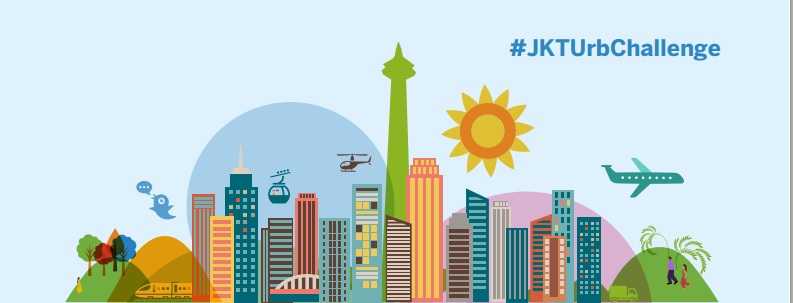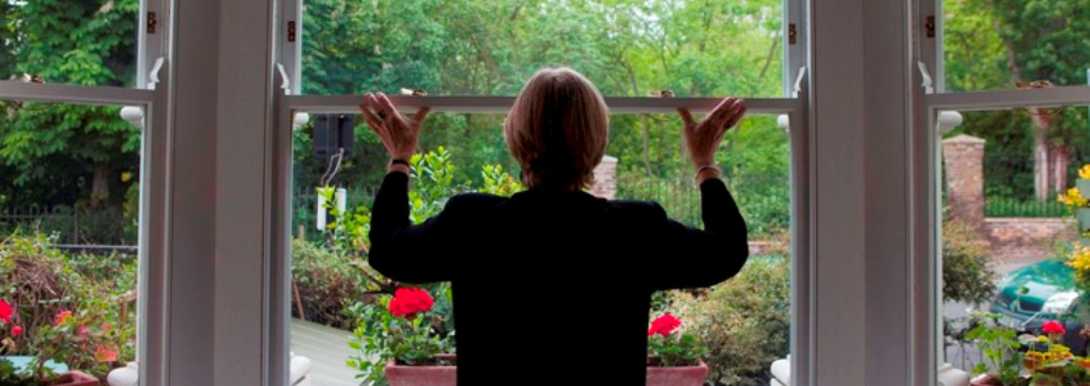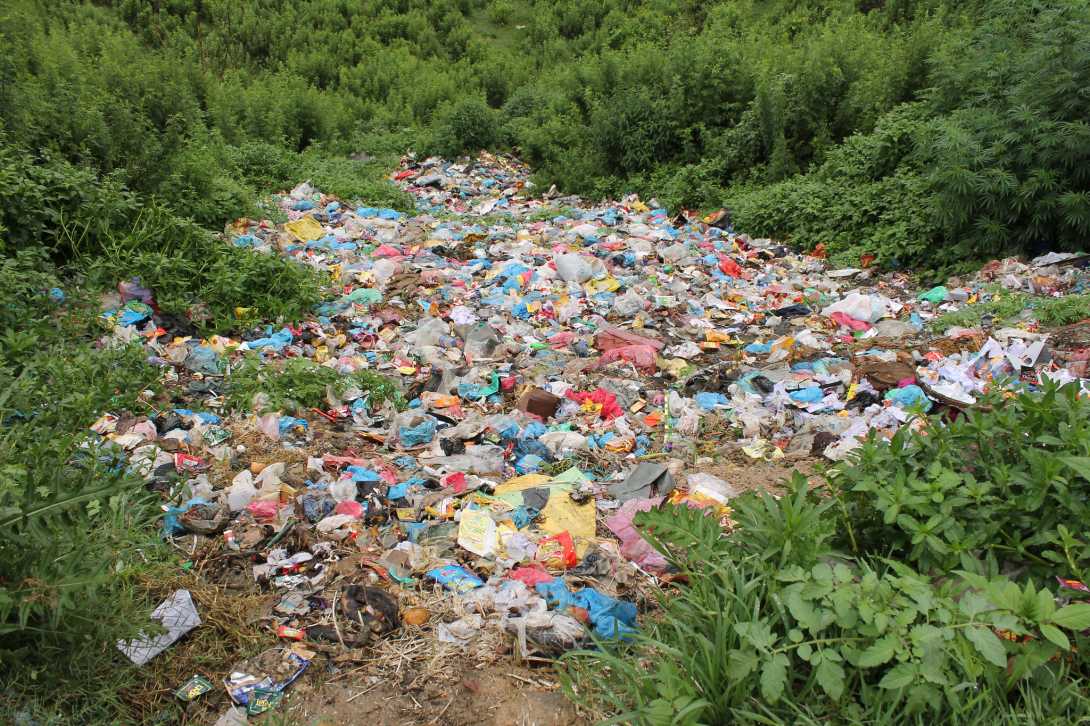
The New Cities Foundation and Connect4Climate announced the names of three outstanding project ideas that made it to the final stage of the Jakarta Urban Challenge.
<p>· 1. <strong>Cyclist Urban System</strong>: A plan to create dedicated “cyclist hubs” across Jakarta, where cyclists can park their bikes, get dressed, buy refreshments, repair their bikes, obtain first aid assistance and route information, and eventually, rent bikes.</p>
<p>· 2. <strong>Jalan Aman (Safe Passage)</strong>: A mobile application that focuses on the safety of female commuters, allowing users to share their location, report incidences of assault and access information on safe transportation options from other users.</p>
<p>· 3. <strong>Squee Mobile App</strong>: A sharing app that unifies pedestrians and cyclists to travel together on shorter, safer non‐motorized routes across Jakarta's urban kampongs (villages).</p>
<p>The three finalists will be invited to present their projects to an audience of 800 urban leaders and thinkers from around the world at the <strong>New Cities Summit</strong>, which is taking place for the first time in Jakarta on June 9 - 11. Each finalist will have five minutes to present their idea on the main stage and inspire the audience and impress the judging panel. The winner will be selected by a prestigious panel including <a href="http://www.muhammadyunus.org/" target="_blank">Muhammad Yunus</a>, Nobel Prize recipient and Founder of the Grameen Bank; and Sutanto Soedodho, Jakarta's Deputy Governor for Industry Trade and Transportation.</p>
<p>The winner will receive $10,000, while the second and third runners-up will receive $6,000 and $4,000 respectively. All three finalists will use the money to implement their projects in Jakarta.</p>
<p><a href="/sites/default/files/upload/Jakarta%20Urban%20Challenge%20FINAL.pdf" target="_blank">Download the press release on the finalists and competition</a>.</p>

.jpg)






